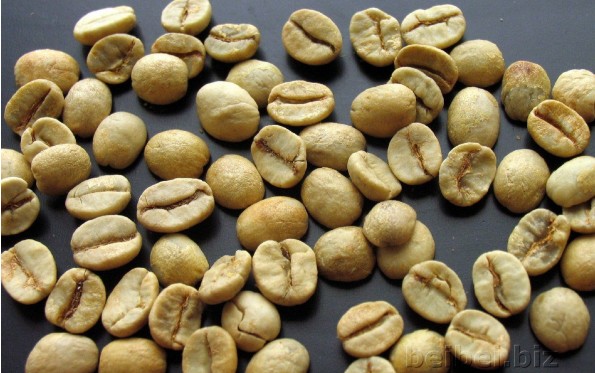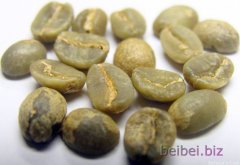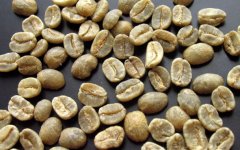Introduction to Brazilian Santos Coffee Raw beans

Although Brazil produces 30 to 35 percent of the world's coffee annually, ranking first in the world, no Brazilian bean is considered top-class coffee. Coffee trees abound in the south of Brazil, but only Santos can be brought to the table; most of the other lightly processed beans are used for instant coffee and easy-to-open coffee. Sandos coffee grows in the Sao Paulo area, named after the export port Sandos, and is a descendant of the Arabica tree that came from the Island of Bourbon (today's French Reunion Island, located in the Indian Ocean east of Madagascar) in the 18th century. Bourbon)。Before the age of three to four years, the boubon coffee tree produces small, twisted beans called boubon sandos, which are the most advanced Brazilian beans and are often referred to as "Brazil" in cafes.
Important Notice :
前街咖啡 FrontStreet Coffee has moved to new addredd:
FrontStreet Coffee Address: 315,Donghua East Road,GuangZhou
Tel:020 38364473
- Prev

Fine coffee beans Yunnan small grains of coffee raw beans
The western and southern parts of Yunnan Province are located between 15 N and the Tropic of Cancer, most of which are 1000-2000 meters above sea level. The topography is dominated by mountains and slopes, with large ups and downs, fertile soil, sufficient sunshine, rich rainfall and large temperature difference between day and night. These unique natural conditions form the special taste of Yunnan small-grain coffee, which is strong but not bitter, fragrant but not strong, slightly fruity.
- Next

Boutique coffee beans introduce Colombian SUPREMO grade coffee raw beans
Colombian coffee is one of the few original coffee sold in the world under the name of the country. In terms of quality, it has won praise unmatched by other coffee. The country is the world's largest exporter of Arabica coffee beans, while robusta coffee is rarely grown. It is also the world's largest exporter of washed coffee beans (Washed beans). Compared with other producing countries, Colombia is more
Related
- Beginners will see the "Coffee pull flower" guide!
- What is the difference between ice blog purified milk and ordinary milk coffee?
- Why is the Philippines the largest producer of crops in Liberia?
- For coffee extraction, should the fine powder be retained?
- How does extracted espresso fill pressed powder? How much strength does it take to press the powder?
- How to make jasmine cold extract coffee? Is the jasmine + latte good?
- Will this little toy really make the coffee taste better? How does Lily Drip affect coffee extraction?
- Will the action of slapping the filter cup also affect coffee extraction?
- What's the difference between powder-to-water ratio and powder-to-liquid ratio?
- What is the Ethiopian local species? What does it have to do with Heirloom native species?

